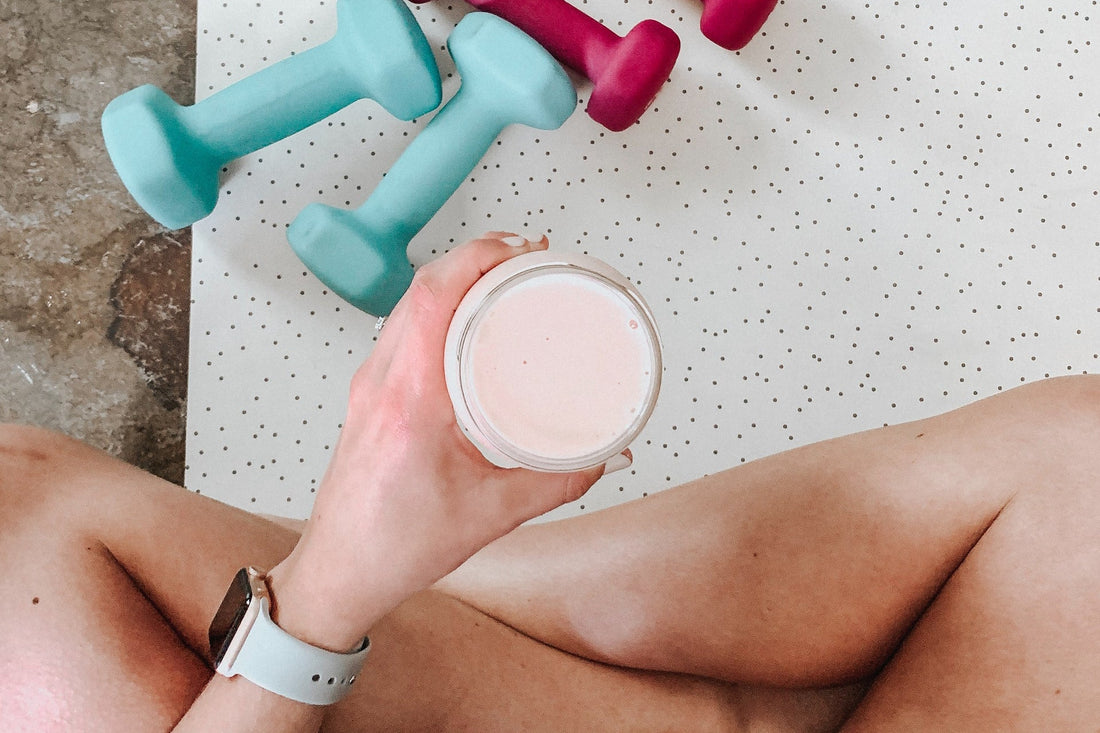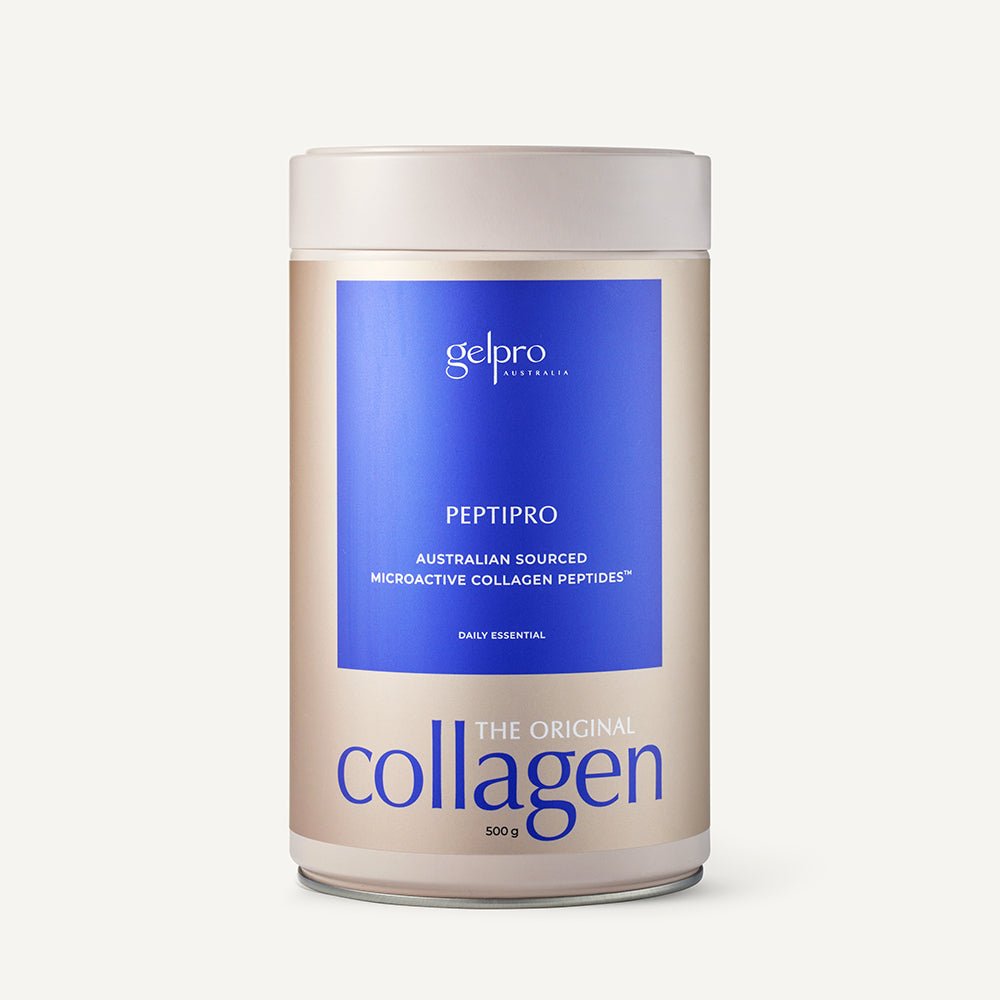Learn
The Best Way to Get Protein on Keto
Protein consumption is one of the highly-debated topics among nutrition experts and the ketogenic community. You’re probably well-aware that restricting carbohydrates is one of the key concepts of a low carb keto diet, but what about proteins? If you try to follow a standard ketogenic diet, you’re most likely to encounter that it recommends moderate protein intake because too much protein might get you out of ketosis. In reality, it’s not true, and this guideline is a very common myth a lot of people new to keto fall for. Protein is one of the most vital macronutrients you can get from food. But how much protein is too little or too much if you choose to follow a keto lifestyle? Here’s our guide on how to get sufficient protein while on a keto diet and why it’s so critical for achieving your health and fitness goals. How Much Protein Should You Eat on Keto? Before we dig deeper into how much protein you should consume while following a keto diet, remember that everyone is different, and there’s no one-fits-all rule. The amount of protein you should eat will depend on your unique body type, activity level, and fitness goals. For example, if your weight is 75 kg, multiply this number by 1.3 to know an approximate minimum amount of protein you need to eat per day (75 x 1.3 = 97.5 grams.) To find out what your approximate maximum protein intake per day should be, multiply the same number by 2.2 (75 x 2.2 = 165 grams.) Now, you know that your approximate ideal amount of protein intake should be between 97.5 - 165 grams per day. If you’re only starting your keto journey, usually, you’d want to aim at getting 25% of your calories from protein. But again, note that if you have an active lifestyle and workout regularly, you might need to eat up to 2.2 grams of protein per kilogram of body weight (or 1 g per pound.) If you want to get the most out of your keto diet, calculate your daily protein intake first, and only then fat and carbs. “Your correct macronutrient distribution should be individualized so that you actually stay in ketosis. It’s best to see a registered dietitian to determine the best keto macronutrient ratios for you.” Amanda A. Kostro Miller, RD, LDN, member of the Advisory Board for Fitter Living Is Too Much Protein Bad for a Keto Diet? You have probably heard one of the most widespread beliefs among keto-ers that too much protein can affect ketosis because it might cause gluconeogenesis. Well, it’s about time to bust this myth. Gluconeogenesis (GNG) is a process of creating new glucose in your body from non-carb sources like protein, lactate, and pyruvate. The fundamental goal of the ketogenic diet is to empty most glucose stores. Consequently, many people assume that too much protein will make their body stop producing ketones and use glucose as the primary fuel instead. But if you stick to the scientific facts, you’ll discover that your body actually requires some glucose to survive. And gluconeogenesis allows for making just enough glucose to prevent you from dying when there aren’t enough carbs in your system. GNG is critical on a keto diet for a few reasons: It helps prevent low blood sugar (aka hypoglycemia) It helps refill glycogen stores in athletes It gives energy to the tissues that can’t use ketones Don’t forget that your body is a very sophisticated mechanism and, most of the time, it knows better what’s good and bad for it. That’s why eating too little protein might be much worse for you than too much of it. Increasing your daily protein intake can help your body produce enough glucose, get the required energy, and still benefit from a keto lifestyle. Protein Sources to Eat on the Ketogenic Diet The top four protein sources include meat, eggs, cheese, and nuts. However, keep in mind that some of these foods can still have quite a few carbohydrates (e.g., nuts), which can add up quickly if you consume your proteins without caution. The best proteins to eat on keto should be nutrient-dense or high in healthy fats from plants and seafood. That’s why what proteins you chose matter if you want to keep your carb levels low and avoid consuming too many saturated fats. “The great thing about Keto is since you’re relying on fat rather than carbohydrates for energy production, protein sources are quite numerous. The best protein sources will give you both the protein and fat simultaneously, without introducing carbohydrates. Whereas in a low-fat/low-carbohydrate diet, bacon and sausage would be off the list, on Keto, they’re A-Okay. Fatty fish, such as salmon, is an obvious go-to because, again, you’re getting both the protein and healthy fat here. Both monosaturated and polyunsaturated fats can qualify as healthy, and appear alongside heavy helpings of protein in foods such as whole eggs, nuts, avocados, cheese, fatty fish, virgin olive oil, coconut oil, and dark chocolate.” Brian Boyce, Professional Writer & National Qualifier NPC Men’s Bodybuilding, FitRated Here are some keto-friendly proteins you can incorporate into your diet. Low-Fat Dairy Low-fat dairy contains much less saturated fats and is an excellent source of protein. Consider using the low-fat options of these products to prepare your keto-friendly meals: Eggs Milk Cottage Cheese Cheddar Cheese Greek Yogurt Mozzarella Cheese Grass-Fed Ghee (5 Ways to Add Ghee to Your Keto Diet) Lean Meat Lean meat cuts from grass-fed/pasture-raised animals are the best types of meat to fit your keto diet. Try including these into your daily diet: Chicken Turkey Grass-Fed Beef Pork Loin Lamb With Fat Trimmed Off Rabbit Goat Plant-Based Proteins Almost all plants contain carbs. So, if you want to eat more plant-based proteins, you need to choose plants high in fibre. It’s the carbohydrate that your body doesn’t absorb. Here are a few vegan protein-based plants you can add to your diet: Tofu Broccoli Spirulina Soy Milk Nuts Seeds Edamame Seafood Seafood proteins are a great option for your keto diet. They’re nutritious and contain a lot of beneficial omega-3 fats. Here’s some for inspiration: Anchovies Salmon Mackerel Herring Cod Tuna Eel Mussels Crab Octopus Clams Lobster Sea Bass Trout Squid Shrimp Oysters Keto-Friendly Protein Products Feel free to include collagen into your keto protein shakes. It can help your joints be stronger, support your body tissues, and improves your hair, nails, and skin. But first, make sure to consider these five most important things when buying collagen protein. If you’re curious about experimenting with your keto meals, check out our Phat Performance products that can make your keto journey even more fun. And remember that no one knows your body better than you. That’s why you should always listen to it whenever you’re composing your diet and prepping meals. The Best Way to Get Protein on Keto “When following keto, it is understandable to become hyper-focused on fat sources, but sources of protein are just as important. Protein should also come from high-quality sources low in saturated fat. Along those same lines, fat sources should also come primarily from foods that offer *healthy* fats like mono, poly, and omega fatty acids. This means preferable protein sources include eggs, nuts, and fish.” Lisa Richards, Nutritionist at The Candida Diet Now you know that protein intake should be your number one priority, it’ll be much easier to include sufficient protein amounts into your keto diet and stop worrying about consuming too much of it. Just remember to follow these simple guidelines: Get your protein from healthy animal and whole food sources Avoid eating processed meats Pay attention to the amounts of carbs in high-protein foods such as nuts Prioritize protein, not fat Adjust your keto diet according to your fitness aspirations and health condition Spread the consumption of protein throughout the day And finally, enjoy the keto ride!
Learn moreCollagen & Anti-Aging: The Secret Is Hidden in a Protein Shake
If you’re over twenty-five years old, you’ve probably done some research about how to maintain your skin younger and slow down the aging process. And you might have noticed that when it comes to anti-aging, the buzzword “collagen” prevails the most. So, why do all the skincare and nutrition products rave about collagen? Is it really the answer for that glowing and elastic skin? Let’s dig deeper to discover more about this protein, and how it may help you stay young and beautiful. Aging and Collagen Production Collagen is the most abundant protein in our bodies. It consists of four fundamental amino acids: Proline, Glycine, Arginine, and Hydroxyproline. In fact, almost 70% of your skin is made up of collagen. That’s why it’s so vital in your anti-aging efforts. Since this connective protein consists mostly of non-essential amino acids, your body can produce then on its own if your diet is full of them. Yet, with age, this process becomes only slower. “The production of collagen is continuous, throughout our lifetime. In our 20’s production will slow down and that causes the skin to thin and wrinkles to appear. Illness, genetics, diet, emotions and environmental exposure can influence collagen loss.”Tsao-Lin E. Moy, L.Ac., MSOM, Integrative Healing Arts What age do you start losing collagen? Collagen production, aka collagen synthesis, decreases as early as your early twenties. It’s the main reason why you start noticing wrinkles on your skin, and why it becomes duller. That’s when high-quality collagen hydrolyzate comes in handy in your anti-aging diet. You can find it in powder and add it to your favourite protein shakes every morning. “ Collagen fibres break down or no longer regenerate, and lead to a “deflation” effect on the surface of the skin. After 30, our collagen levels start to drop by 1.5% per year. Research indicates that by the age of 40, the body’s ability to produce collagen decreases by 25%. By age 60, it has decreased by over 50%. Collagen contains different proteins that serve separate purposes within the body.”Trey Triplette, Certified Performance Nutritionist, 3natural Bionutrition® Collagen protein supplementation may help you keep your skin more elastic, hydrated, and reduce the appearance of deep wrinkles. What age should I take collagen? At the age of 21, your body’s collagen production declines, and the existing collagen starts breaking down. Just to compare, at the age of 60, your collagen levels will be twice as low as opposed to when you’re twenty-one years old. “Collagen is worth taking at any age really. Although you start losing it around 21 years old, and the benefits become more pronounced after 40, children naturally need more of it to support their growth. So you can take it later in life to make up for collagen loss, but taking it earlier in life to hedge against collagen loss later in life is also perfectly valid.”John Fawkes, Certified Nutrition Coach & Trainer at The Unwinder Collagen protein supplementation may help you keep your skin more elastic, hydrated, and reduce the appearance of deep wrinkles. It can also contribute to suppressing skin sun damage and photoaging. Can Collagen Reverse Aging? “The short answer to this is no. It cannot reverse aging, but studies show it can improve skin elasticity. It will not reverse wrinkles that you already have, as some people seem to think.”CJ Mallonee, MS Of course, no miracle cure can help you stop the aging process. Yet, there’re a few things you can do to slow down this process. Mainly, it’s all about maintaining a healthy balanced diet and having an active lifestyle. Introducing collagen into your diet can help you: Enhance skin elasticityCollagen improves skin’s resilience and hydrates it. According to this study, 91% of participants stated that they experienced fewer problems with dry skin after regular collagen supplementation. Reduce the appearance of wrinklesBeing one of the main proteins in our body, collagen is known for contributing to a younger and healthier look. Consuming enough collagen through supplementation may help you reduce the depths of wrinkles and their amount. Decrease cellulite and stretch marksEven though it’s nearly impossible to get rid of natural stretch marks and cellulite, collagen supplementation can help you reduce their appearance. It can boost skin’s thickness, longevity, and make it look naturally smooth, healthy, and radiant. The Best Collagen for Anti-Aging and How to Use It “Studies show that collagen can improve skin elasticity and bone density. Make sure to get collagen that is hydrolysed, as it is more easily absorbed by your body.”CJ Mallonee, MS If you’re looking for something to start with, Hydrolyzed Collagen and Beauty Collagen may be good additions to your diet. Our favourite way of consuming this superfood is adding collagen powder into a protein shake. Just mix a daily amount of collagen (1-2 scoops), and you’re already halfway through towards maintaining healthy and youthful skin for longer. “2018 study concluded that marine sourced collagen (type 2 collagen) might have the ability to reduce signs of aging by providing a protective role in the skin by improving the activity of antioxidants. There are at least 16 types of collagen, but it's estimated that 80 – 90 percent of the collagen in the body consists of types I, II, and III. Type II collagen has been shown to have the highest bioavailability (absorption) when ingested orally. With that being said, it’s able to be absorbed in a much higher rate than other collagens and will host the most benefits when it comes to our skin. Many type II collagens have been formulated into powders that one would mix with their drink of choice, the recommended dose is 11 grams per day.” Loren Richter, CEO/Founder at BlueBiology Here’s, for example, a delicious recipe of a Collagen Shake for all the coffee lovers out there: Ingredients: 1 cup cold brewed coffee 1 cup almond milk 1 ripe banana 2 tablespoons of Peptipro Collagen Hydrolysate powder 1-2 teaspoons of ground flax meal 1 teaspoon of raw honey 1 teaspoon of cinnamon powder Ice cubes to serve (optional) Cacao powder or nibs to sprinkle (optional) Method: Place all the ingredients in a blender and blitz for a few seconds until smooth and creamy. Pour into a glass over ice cubes and sprinkle with cacao nibs or powder. The coffee will naturally separate to the bottom if not drunk immediately. Stir to incorporate and enjoy! Plus, you can come up with so many variations of a protein shake that you’ll never get bored with your collagen routine. The Bottom Line As much as we want to stay young for as long as possible, it’s not how our bodies work. However, even if no magic can help us stay forever young, we can still maintain healthy and glowing skin. Always remember to consult your health care professional before introducing new items into your diet. * This article is for general information only and not intended to cure, diagnose or treat or recommend anything.
Learn more




